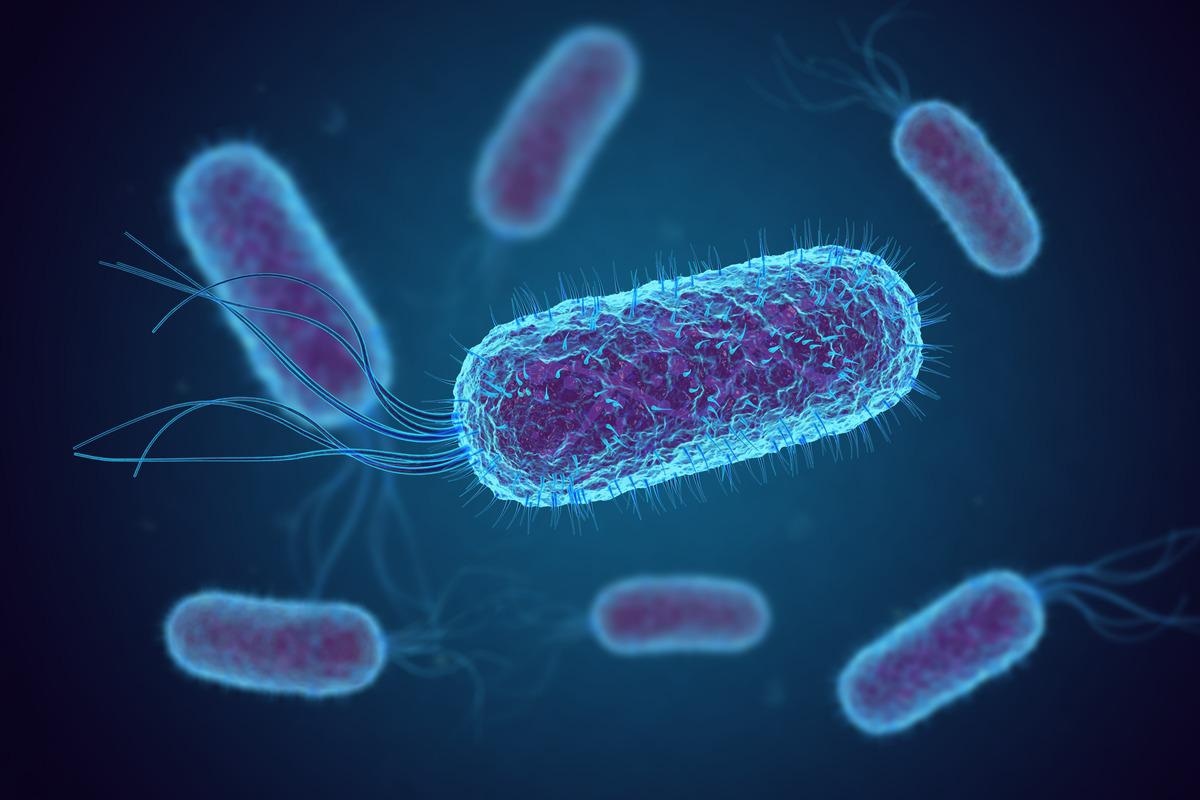Reviewed by Danielle Ellis, B.Sc.Jun 17 2022
An international group led by McMaster University researchers, in partnership with the University of Paris Cité, has recognized and reconfigured the first ancient genome of E. coli using fragments derived from a 16th-century mummy’s gallstone.
The revelation was announced today in the journal Communications Biology.

Image Credit: fusebulb/Shutterstock.com
E. coli is a significant public health concern, causing death and serious morbidity, but it is not a cause of pandemics. A commensal is a bacterium that lives within us and can behave as an opportunistic pathogen, contaminating its host during times of stress, disease condition, or immunodeficiency.
According to scientists, its full evolutionary past is unknown, such as when it obtained novel genes and antibiotic resistance.
Apart from well-documented pandemics like the Black Death, which lasted centuries and killed up to 200 million people worldwide, there are no historical accounts of deaths caused by commensals like E. coli, even though the impact on human health and mortality was most likely enormous.
A strict focus on pandemic-causing pathogens as the sole narrative of mass mortality in our past misses the large burden that stems from opportunistic commensals driven by the stress of lives lived.”
Hendrik Poinar, Evolutionary Geneticist, Mcmaster University
Poinar was also the director of McMaster’s Ancient DNA Centre and a principal investigator at the university’s Michael G. DeGroote Institute for Infectious Disease Research.
Modern E. coli can be discovered in the intestines of both humans and animals. While the majority of strains are harmless, some are responsible for severe, even fatal, foodborne illnesses and bloodstream infections. The hardy and flexible bacterium is known to be particularly resistant to treatment.
The genome of a 400-year-old ancestor of the modern bacterium gives researchers a starting point for analyzing how it has progressed and adjusted since then.
A group of Italian nobles whose well-preserved bodies were retrieved regained the mummified remains used in the new research in 1983 from the Abbey of Saint Domenico Maggiore in Naples.
The scientists have done a thorough analysis of one of the individuals, Giovani d’Avalos, for the research. He was a Renaissance-era Neapolitan nobleman who died in 1586 at the age of 48 from chronic gallbladder inflammation caused by gallstones.
“When we were examining these remains, there was no evidence to say this man had E. coli. Unlike an infection like smallpox, there are no physiological indicators. No one knew what it was,” clarifies the lead author of the study, McMaster graduate student George Long who evaluated with co-lead author Jennifer Klunk, a graduate student in the university’s Department of Anthropology.
The technological achievement is especially impressive since E. coli is both complicated and ubiquitous, living not only in soil but also in our microbiomes. Scientists had to carefully isolate fragments of the target bacterium that had been deteriorated by environmental contamination from a variety of sources. They rebuilt the genome using the recovered material.
“It was so stirring to be able to type this ancient E. coli and find that while unique it fell within a phylogenetic lineage characteristic of human commensals that are today still causing gallstones,” says Erick Denamur, the head of the French group involved in strain characterization.
“We were able to identify what was an opportunistic pathogen, dig down to the functions of the genome, and provide guidelines to aid researchers who may be exploring other, hidden pathogens,” says Long.
Source:
Journal reference:
Long, G. S., et al. (2022) A 16th century Escherichia coli draft genome associated with an opportunistic bile infection. Communications Biology. doi.org/10.1038/s42003-022-03527-1.